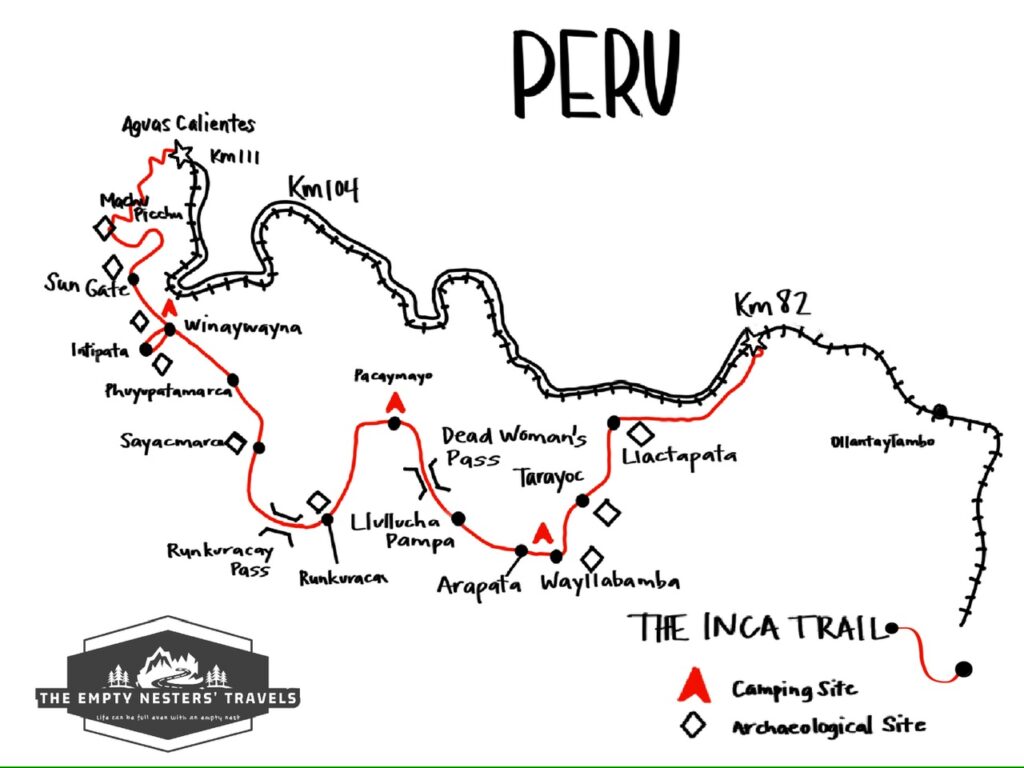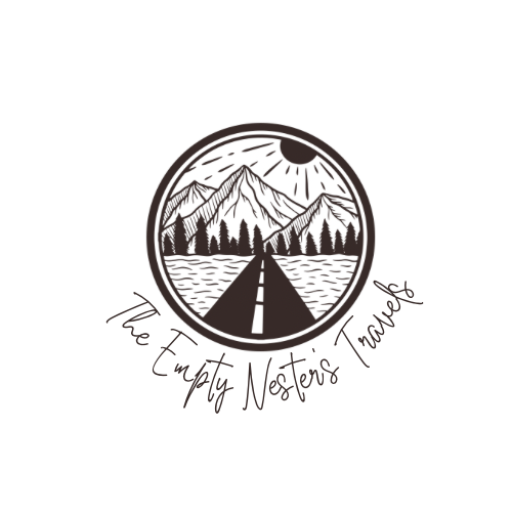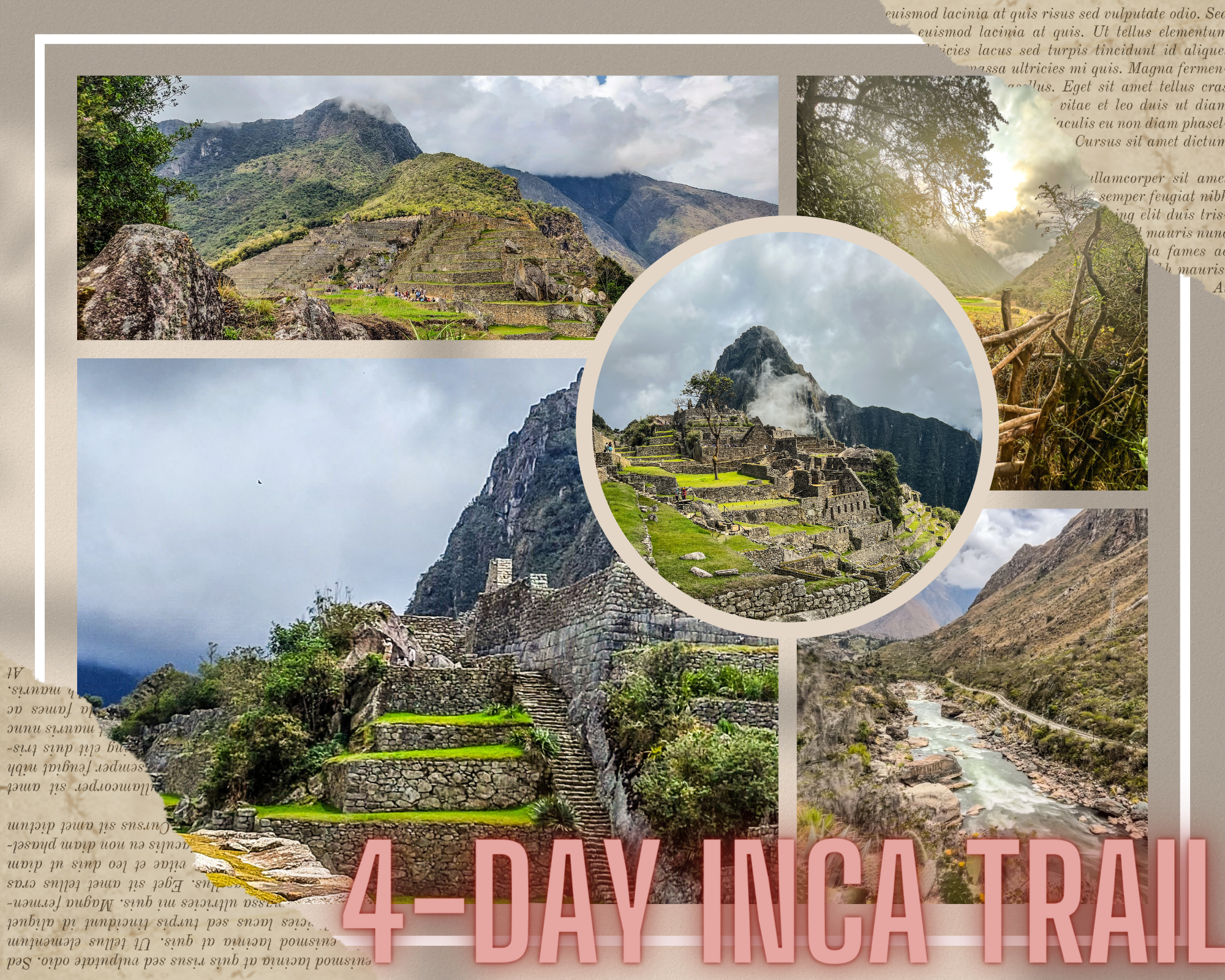One of the most iconic and life-changing treks in the world, the 4-day Inca Trail hike to Machu Picchu offers an unparalleled experience that combines breathtaking natural landscapes with a sense of historical wonder. The trek navigates through a series of micro-climates, stunning panoramic views, and ancient ruins, all culminating in the arrival at the majestic citadel of Machu Picchu. Whether you’re an avid hiker or a history buff, this experience promises to be unforgettable. In this blog post, I’ll share what to expect during this remarkable journey, along with tips to help you prepare.
Origins and Historical Significance
The Inca civilization reached its peak from the 15th to the 16th century, although the origins of the trail network date back to earlier Andean cultures. The Incas skillfully built upon pre-existing roadways, extending and refining them to suit their unique needs. The Inca Trail served multiple purposes; it was a conduit for transporting goods, sending military troops, spreading religion, and even facilitating administrative tasks.
Emperor Pachacuti, who was instrumental in expanding the Incan Empire, is often credited with much of the trail’s development. His architects and engineers employed ingenious techniques to construct roads that traversed challenging terrains, including steep mountains, lush jungles, and barren deserts.
Engineering Marvel
The Inca Trail exemplifies pre-modern engineering at its finest. The roads were constructed with meticulous attention to detail, including drainage systems to minimize erosion and stone steps to scale steep slopes. The trail also featured tambos, or way-stations, strategically located for rest and resupply. Moreover, rope bridges spanned across rivers, while chasquis, or messenger runners, swiftly navigated the trails to carry messages and small items throughout the empire.
Spiritual Significance
Beyond its utilitarian functions, the Inca Trail also held a profound spiritual significance for the Incas. It connected vital religious sites and ceremonial centers, like the awe-inspiring citadel of Machu Picchu. Walking the trail was, and still is, considered a pilgrimage, a journey through the heart of the Inca worldview that blends natural beauty and spirituality.
The Inca Trail Today
Today, the most well-known section of the Inca Trail is the 4-day trek to Machu Picchu in Peru. Managed to preserve its historical and environmental integrity, only a limited number of hikers are allowed on the trail each day. Concern about overuse leading to erosion has led the Peruvian government to place a limit on the number of people who may hike this trail per season, and to sharply limit the companies that can provide guides. As a result, advance booking is mandatory. A maximum of 500 people are allowed on the trail each day, of which only 200 are trekkers, the rest being guides and porters. As a result, the high season books out very quickly. The trail is closed every February for cleaning. Keep that in mind when you are planning your trip of a lifetime to hike the Inca Trail.
The journey takes trekkers through a diverse range of environments, from subtropical forests to alpine tundras, ultimately culminating in the unforgettable sunrise over the iconic ruins of Machu Picchu.
The trail continues to be a living piece of history, offering insights into the cultural, spiritual, and technological advancements of the Inca civilization. It’s also an unforgettable adventure that offers a unique perspective into a world lost to time but not forgotten.
The Inca Trail is much more than an outdoor adventure; it’s a walk through a rich tapestry of history, culture, and spirituality that continues to resonate today. Its legacy survives not just in the stones laid along the path, but also in the stories, lessons, and awe it inspires in each traveler lucky enough to walk its sacred lengths.
As you set forth on your own journey along the Inca Trail, whether physical or intellectual, remember that each step echoes through time, connecting you to the mighty Incas and the remarkable civilization they built.
Preparation: Before You Go
Before embarking on the Inca Trail, preparation is key. This includes a certain level of physical fitness to handle the demanding terrains and altitudes, which can reach up to 13,800 feet (4,215 meters). Training should include cardiovascular exercises, leg strength workouts, and practice hikes with a loaded backpack. Additionally, you should take the time to properly acclimatize to the altitude by spending a few days in Cusco or another high-altitude location. You can request prescription medication (Diamox) from your doctor to start taking one week before you reach Cusco and continue taking throughout the hike.
What to Pack for the Inca Trail trek
Keep in mind if you do travel with G Adventures and have porters, the porter will carry 6 kg of your gear (know that your sleeping bag and sleeping pad alone will weight about 3.5 kg if you rent them from G Adventures). This leaves you 2.5 kg of personal gear that the porter can carry. G Adventures will give you a duffel bag to use to put your gear in (remember only 6 kg, so you will want to be conscious on what you pack). What ever else you bring will have to be packed in your day pack. We both carried a 40L REI pack with waterproof cover. I could have packed less, but chose to have the luxury of clean clothes everyday.
- Moisture-wicking clothing layers
- Hiking Pants – convertible and water proof are nice so you dont have to pack rain pants or capris/shorts (pack 3, wear 1)
- Longsleeve shirt (pack 1)
- Shortsleeve shirts (pack 1, wear 1)
- Tanktop (pack 1)
- Warm Pajamas (I chose to just wear my clothes for the following day to sleep so I had one less thing to pack/carry or add to the porter’s weight)
- Bras/underwear (pack 3, wear 1)
- Hiking Socks (pack 3, wear 1)
- Lightweight/waterproof hiking boots
- Sleeping Bag (can be rented from tour company)
- Sleeping Bag Liner (you will want if you are renting your sleeping bag)
- Sleeping Mat (can be rented from tour company)
- Jacket (Down or fleece jacket)
- Rain Jacket
- Hiking Poles (can be rented from tour company)
- Hat and sunglasses
- Beanie/gloves
- Hydration system
- Basic first-aid kit (ibuprophen, tylenol, immodium, bandaids, neosporin, blister bandaids, mole skin, insect repellant, sunscreen, lip balm sunscreen and/or Vaseline, electrolyte mix, whistle, zyrtec, ice pack, water purification tablets, non-drowsy dramamine (if travel in moving vehicles makes you nauseous-for train ride and van ride))
- Bathroom kit (toilet tissue, antibacterial wipes, bags for waste)
- Tootpaste tablets & toothbrush
- Prescription medications (taken daily)
- Hairbrush & hair ties
- Bathing Wipes
- Dry Shampoo
- Fast dry washcloth and towel
- Travel pillow
- Head Lamp & extra batteries
- Lightweight slip on shoes to wear around camp
- Card Game, small notebook and pencil/pen
- High-energy snacks (peanut butter, trail mix, jerky, crackers with peanut butter)
- Camera (trust us, you’ll want it; we used our GoPro and cell phones)
- Solar battery pack (check with your airline to see what size you are allowed to carry-these can be a fire hazard on the plane and they must be carried in your carry on bag)
- Charging cables for phone, watch, and camera and extra batteries
G Adventures Community and Some Logisitcs
In any grand adventure, it takes a community to succeed, and G Adventures sent their finest people to pave the way. G Adventures guides, porters, and chefs excelled on the trail and were all recruited from the local community. We not only hiked with a small, international group of kindred spirits, but we also were nurtured, motivated, and backed by G Adventures ‘Inca Warriors’. G Adventures chefs prepared three mouthwatering meals daily and supplied all the snacks we needed for essential energy boosts. G Adventures team of porters took care of setting up and taking down our tents each day, leaving us to simply carry our own daypack. Naturally, the G Adventures local guides were present to direct the journey, educate us on the local culture and sites, prioritize our safety, and make sure we had an unforgettable experience!
Now that we’ve dealt with some of the logistics of getting to the Inca Trail, let’s get in to the hike!

Day 1: Starting at Km 82
The trek traditionally starts at Kilometer 82, the designated point where hikers meet their guides and porters. After a brief orientation and review of your permits, you’ll cross a suspension bridge to officially start your journey. Day 1 is considered a ‘warm-up,’ with a relatively moderate hike that covers around 8 miles. Along the way, you’ll pass by some minor archaeological sites and get to enjoy the spectacular scenery of the Sacred Valley.

Day 2: The Challenge of Dead Woman’s Pass
Day 2 is often cited as the most challenging part of the trek. You’ll ascend to the highest point of the trail, known as Dead Woman’s Pass (or Warmi Wañusqa), which stands at 13,800 feet (4,215 meters). Though the ascent is grueling, reaching the pass offers an unmatched sense of accomplishment—and some truly awe-inspiring views.




Day 3: Into the Cloud Forest
On the third day, the trail winds through a more diverse range of ecosystems, including cloud forests and subtropical jungles. This is the longest day in terms of distance, but generally considered more moderate after conquering Dead Woman’s Pass. The trail takes you through an array of smaller ruins like Phuyupatamarca and Intipata, each offering its unique glimpse into Inca history.
Day 4: Arrival at Machu Picchu
The final day starts early, often before dawn, as trekkers make their way to the Sun Gate (Inti Punku) to witness the sunrise over Machu Picchu. The feeling of catching that first glimpse of the ancient citadel, bathed in the soft morning light, is indescribable and makes the physical exhaustion entirely worth it. After this, you’ll descend to Machu Picchu for a guided tour, exploring its complex structures and absorbing its mystical aura.



Final Thoughts
The 4-day Inca Trail hike is much more than a physical challenge; it’s a transformative experience that gives you a unique perspective into the history, culture, and natural beauty of Peru. This trek was the hardest thing I have ever completed in my life and I have done some hard things! While it’s no walk in the park, the memories you’ll make and the sights you’ll see are well worth the effort.
Happy trekking!
-S&E



Joe Nguyen
Friday 15th of December 2023
Thank you so much for such a detailed guide. Much appreciated!
theemptynesterstravels
Monday 18th of December 2023
You are so welcome! I heard you booked the trip. Have a great time and remember to train, train, train. It was a great time! Enjoy